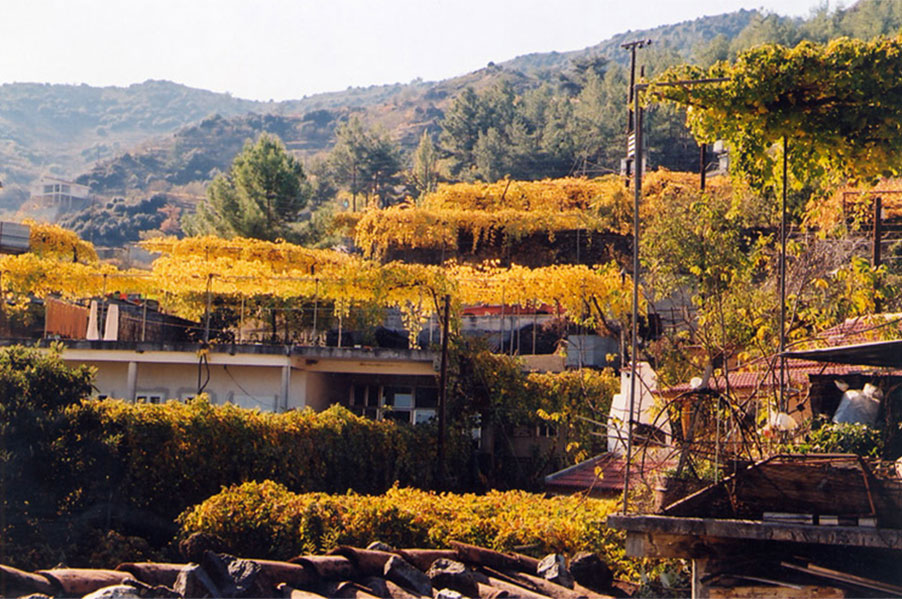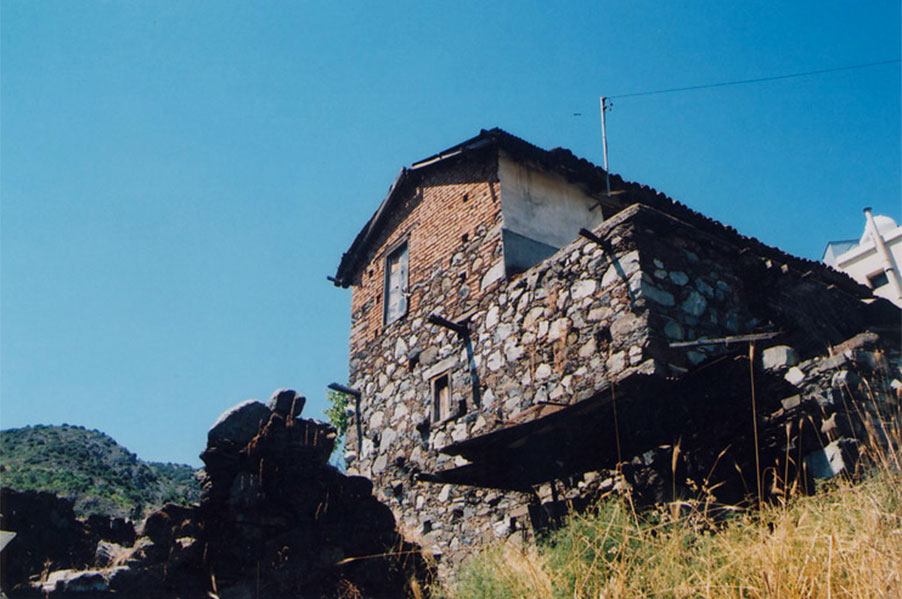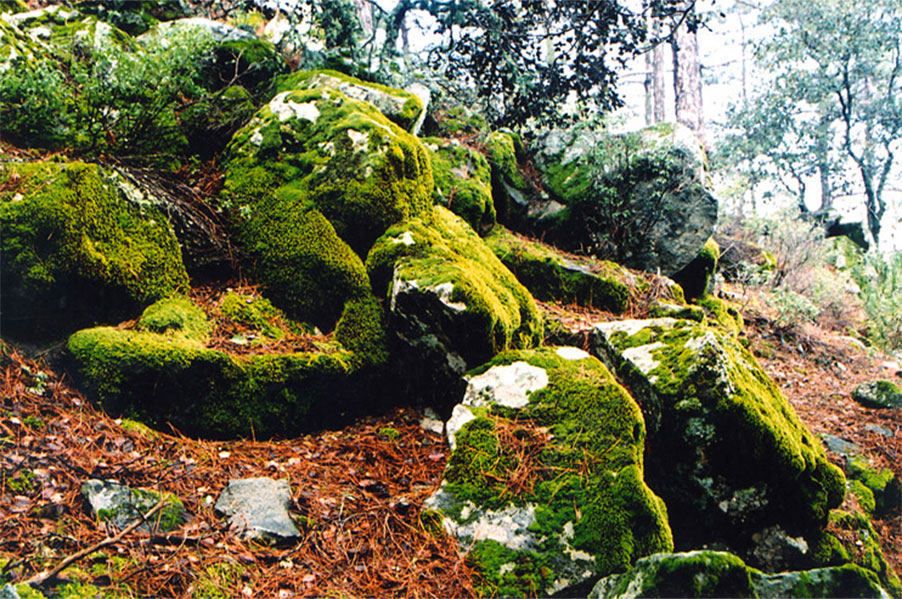- Home
- Nicosia
- Nicosia Entries
- Polystipos
Description
The village of Polystipos has the privilege to be included among the villages of Cyprus having the highest altitude since it is built at an altitude of 1150 meters and simultaneously has the "privilege" to be one of the smallest villages of the province of Nicosia since it is the third smaller one in administrative extent having an area of 239 hectares.
The name Polystipos is complex and implies a locality with many "stipes" that is to say plants of vine. Consequently Polystipos means a locality with a lot of vines. In the old years the region of the village was full of vines which were decreased considerably during the 18th century (the period of the Ottoman domination), because most of them were abandoned after a special taxation that was imposed in the production of wine and it was judged as disadvantageous.
The precise date of the foundation of the village is unknown and the various researchers have not reached a final conclusion. However it is considered sure that the village existed since the medieval years. A foreigner sightseer, Nte Mas Latri, reports it as "Polistipia" and includes it between the royal properties of the Franks domination period.
Older researchers supported that Polystipos was initially named Apostle Andreas, because in medieval documents is reported in the region, a village with this name. This opinion is supported also by a map of 1573 of the great Dutch cartographer Abraham Ortelius that marked a settlement with the name "Apostle Andreas Polystipos". In handwritten documents of the museum, Polystipos is reported in the mountainous villages of Saint Rinc.
Important information for the villages of Cyprus and the various names of the regions is taken from the handwritten document Leimonida. In this handwritten document, the villages of the Venetian domination period are reported and are separated in Casali or Prasti according to the number of their residents. In the handwritten Leimonida, Polystipos is reported as Casali of the province "Pentagia". It should be clarified, that afterwards Great Constantine and during the entire Byzantine period, Cyprus was divided into 14 provinces or regions. One of these provinces was "Pentagia" or "Solea", in which Polystipos was belonging to. This subdivision of Cyprus was maintained up to the years of the "Luzinians" that divided Cyprus into 12 provinces.
The skepticism that prevails regarding the name but also the season of the foundation of the village is supported also by a name that is reported by the older residents of the village and is connected with tradition. It is the name "Avlonitis" that is still being used by the old men in order to declare a locality near the monastery of Apostle Andreas.




